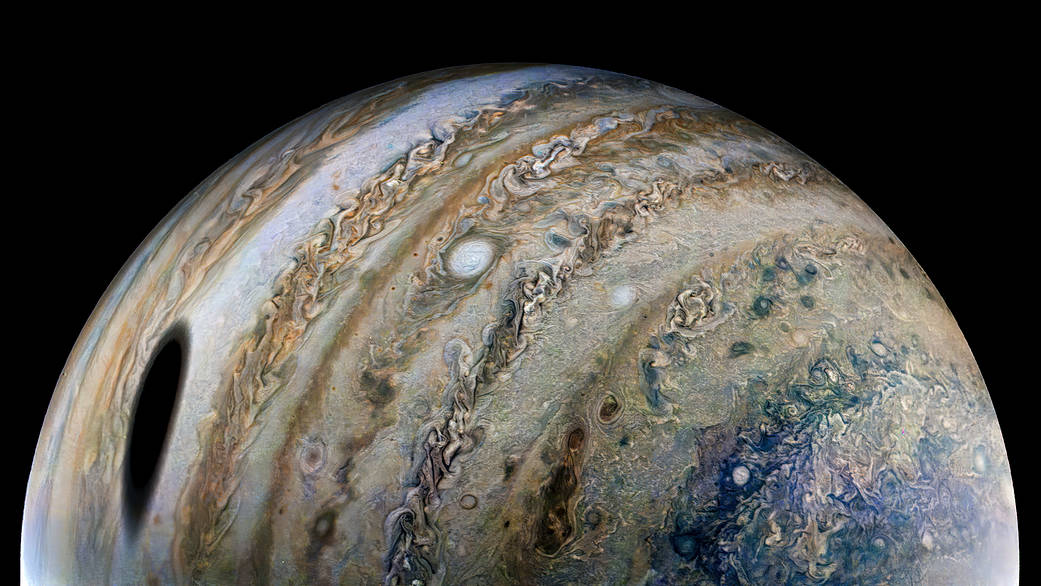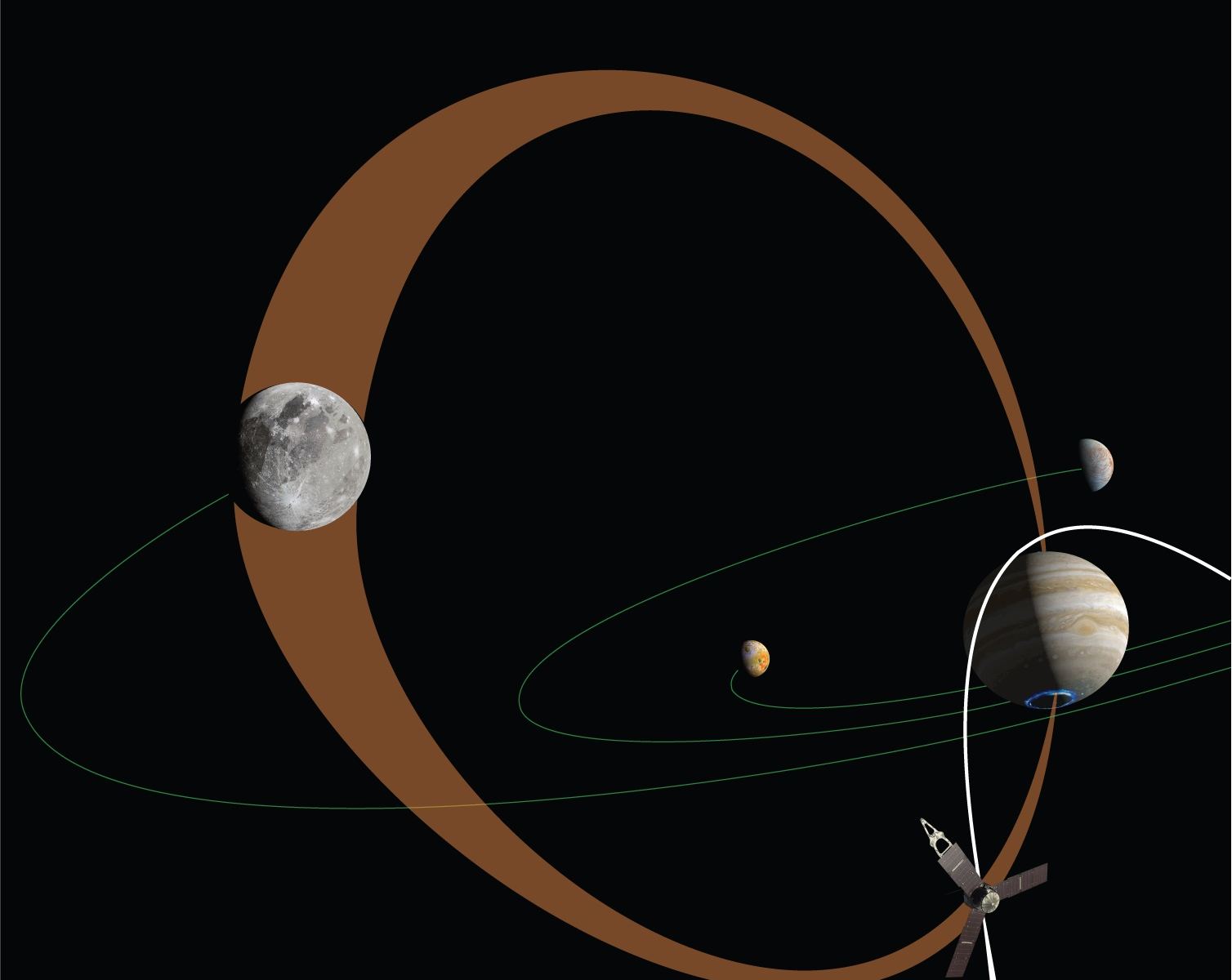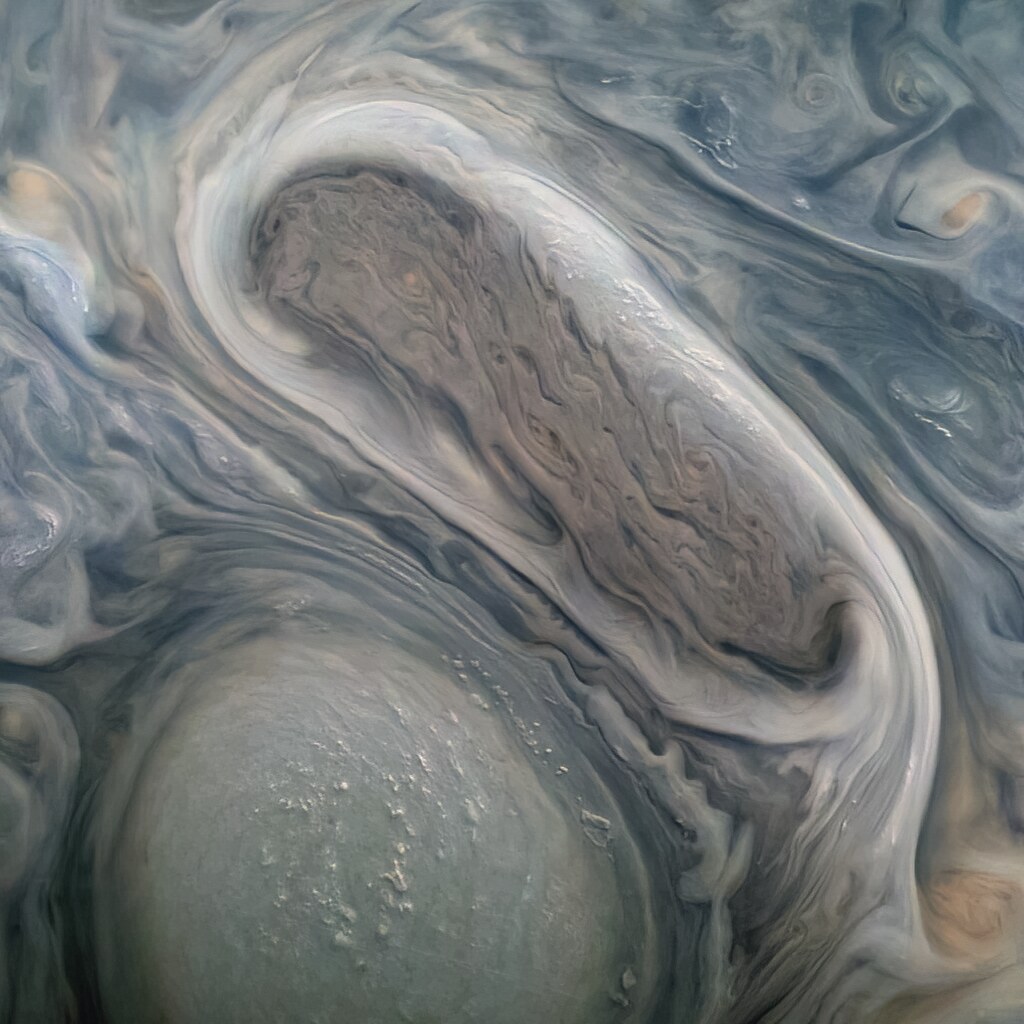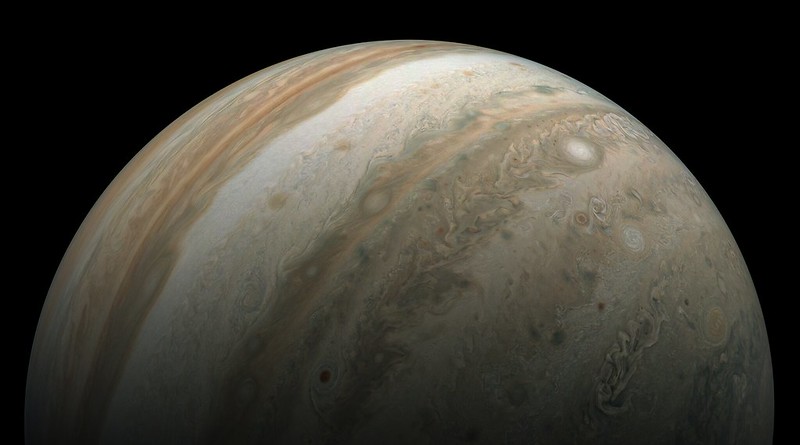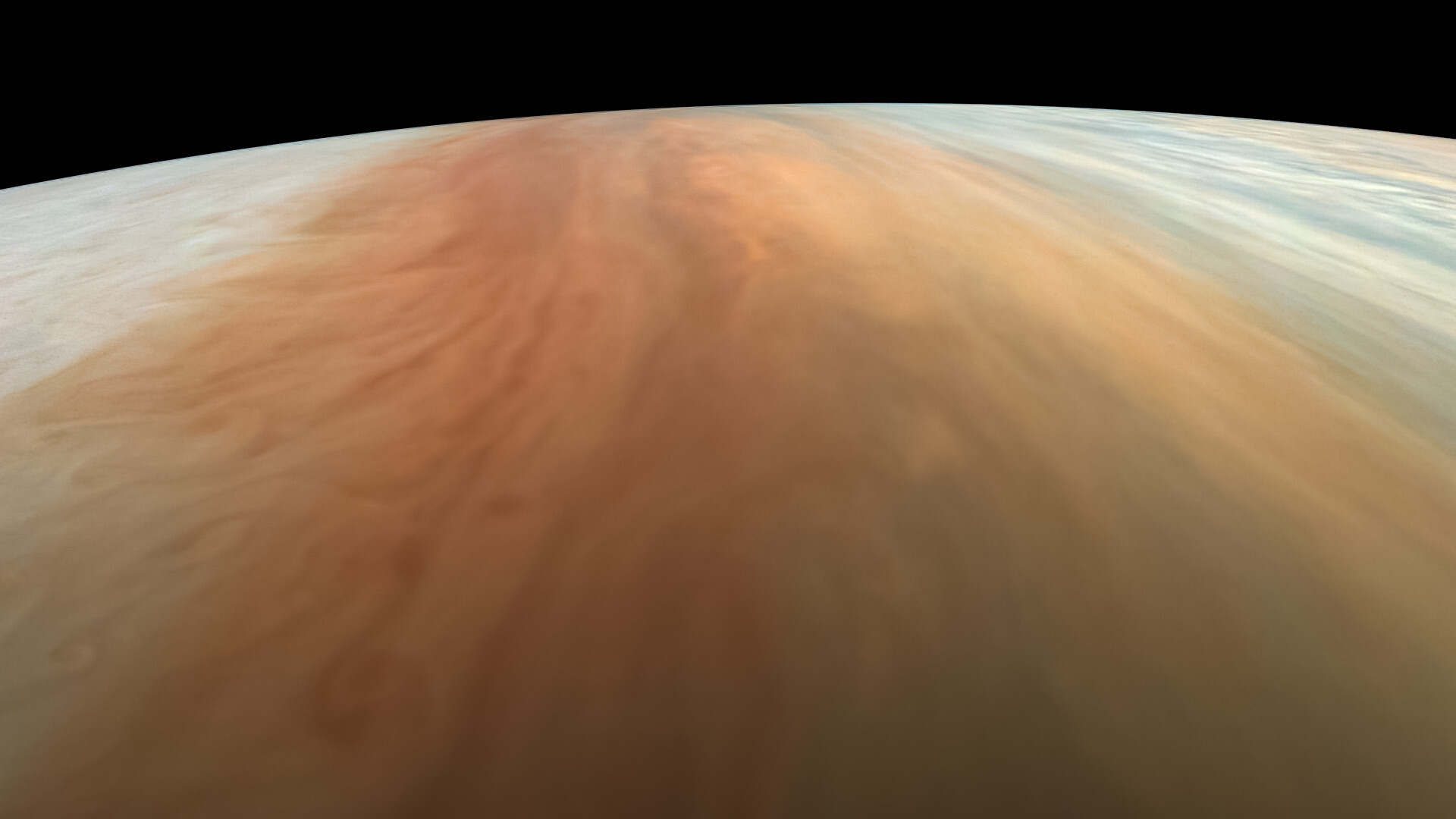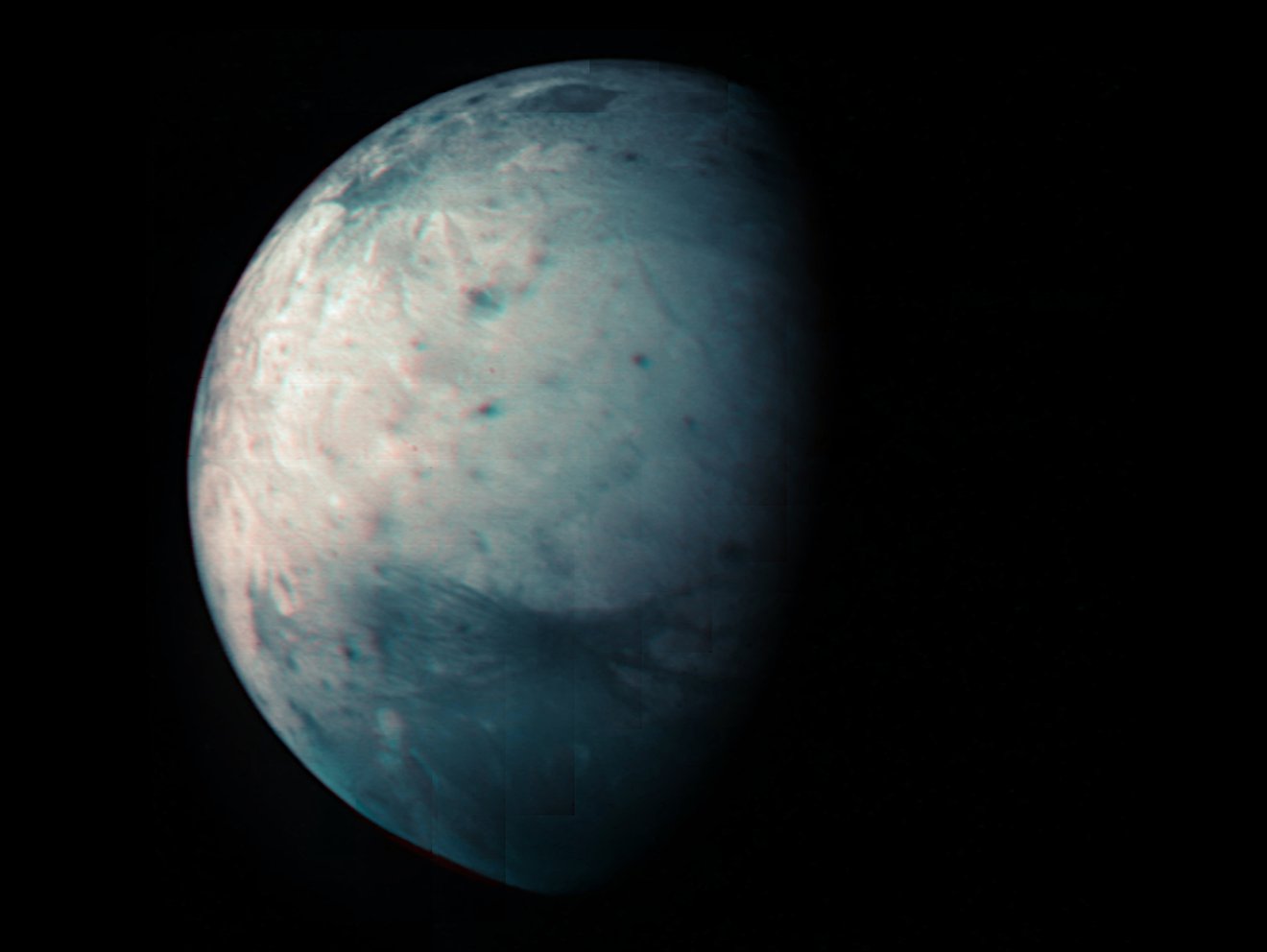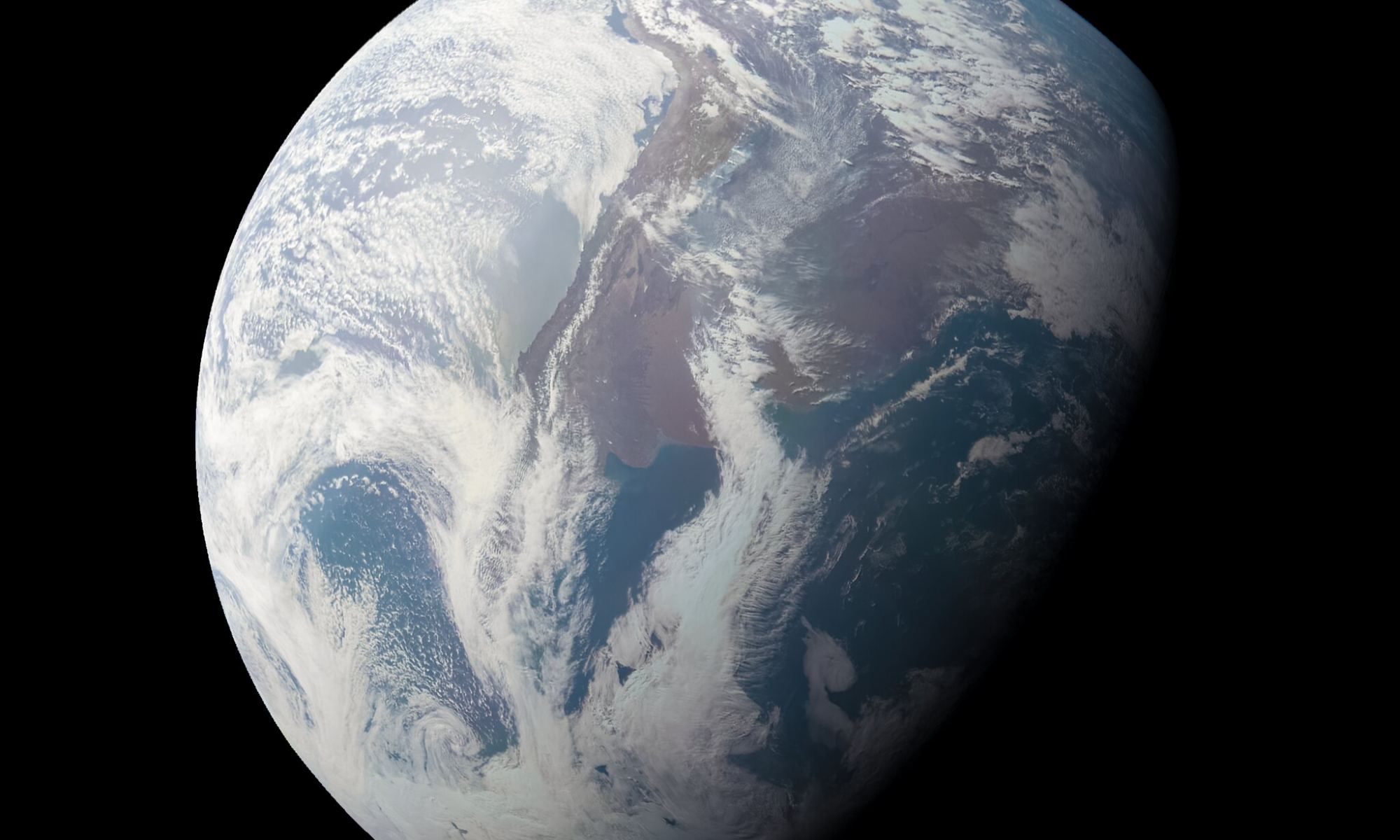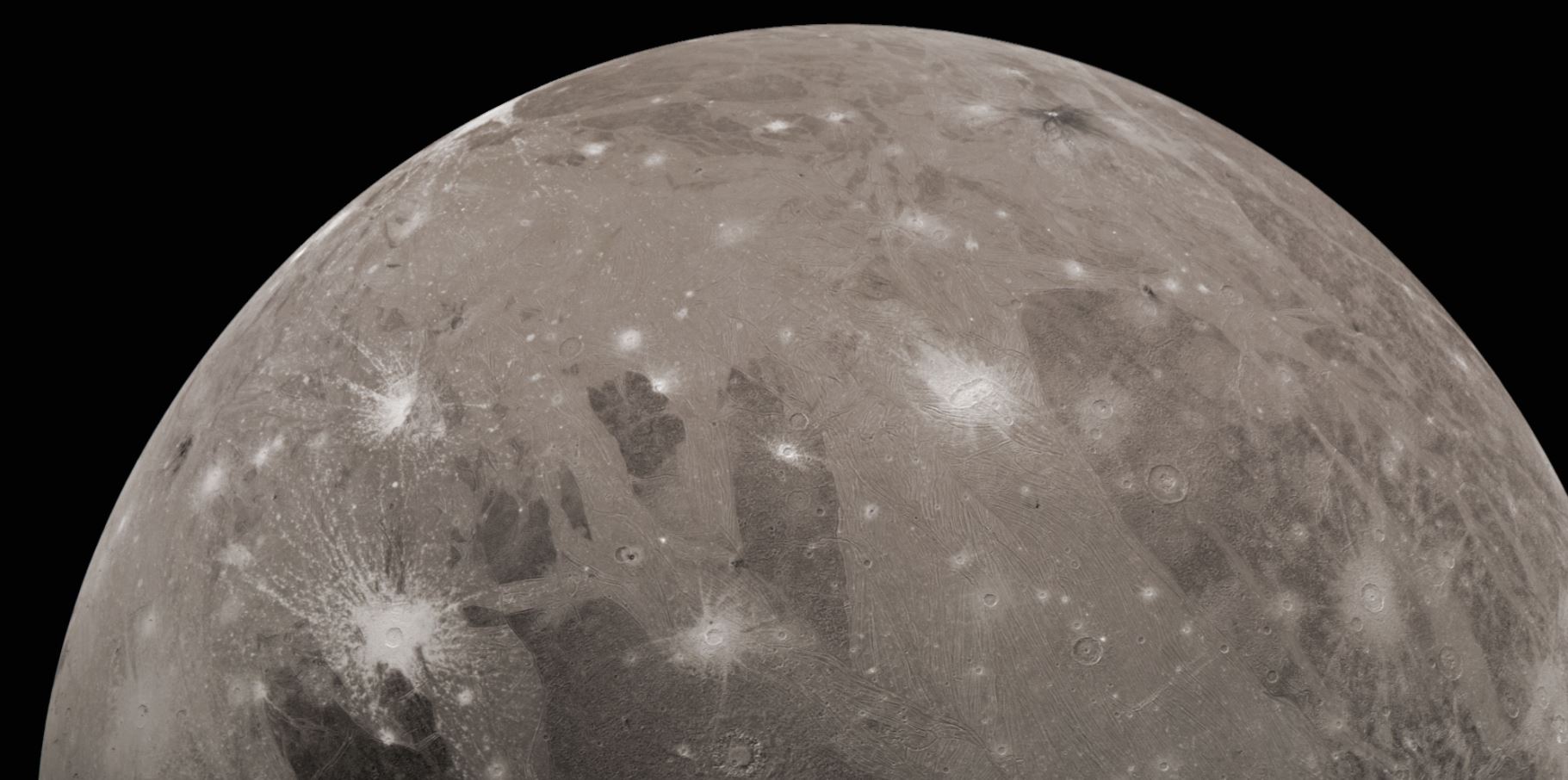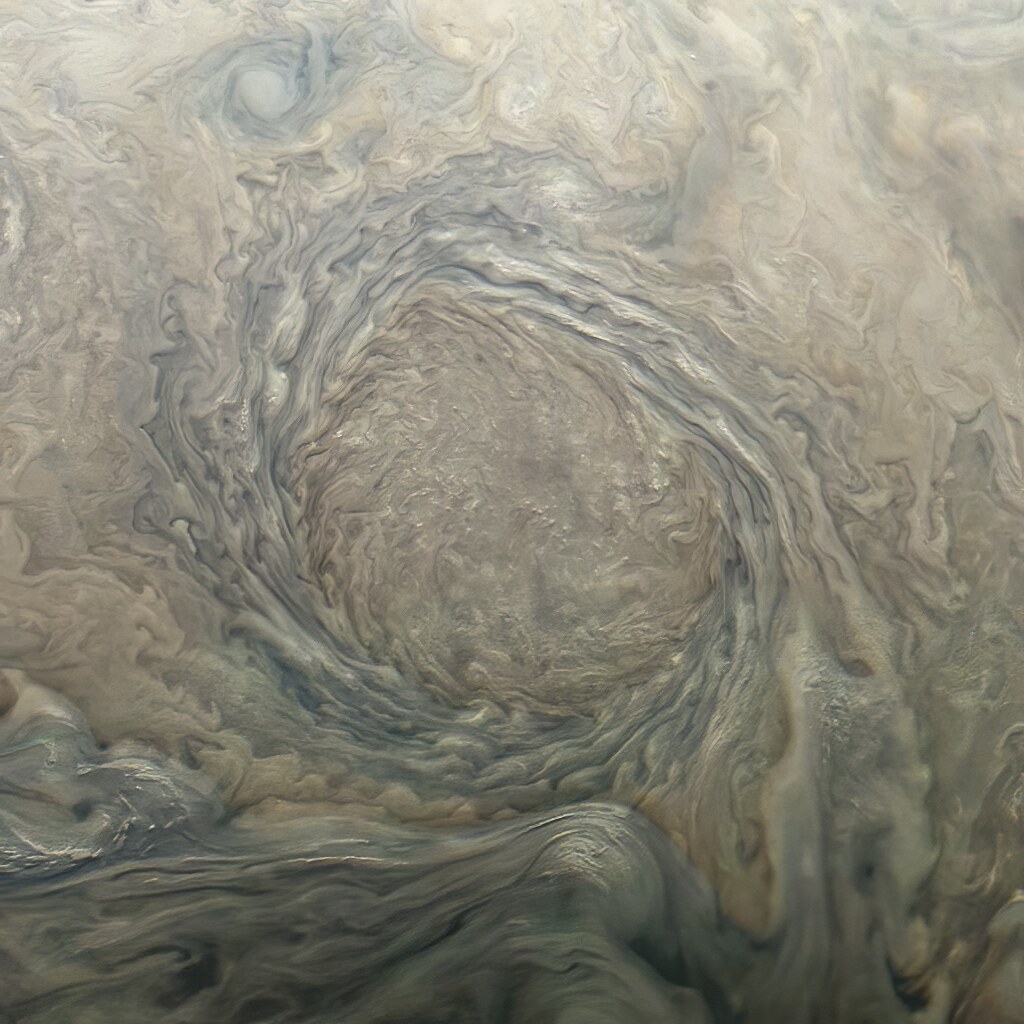As originally planned, Juno’s 37th close pass by Jupiter – called Perijove 37 – would have been its last. Per the original mission outline, the Juno spacecraft would have been programed to plunge into Jupiter on Perijove 37 as a mission-ending self-sacrifice. Destroying Juno would protect the Jovian moons — especially Europa — from potential future contamination by an unpowered spacecraft wandering adrift through the Jupiter system. As careful as NASA is about taking precautions to limit the amount of Earth-sourced biological material carried by robotic spacecraft, it’s incredibly difficult to ensure that no microbes might have tagged along.
But, back to Juno: as it stands now, the Juno mission is just getting started. With a mission extension granted earlier this year, Juno will continue to operate until at least 2025, with 42 extra orbits added to the mission.
And thank goodness, because the images from Perijove 37 are pretty stunning. The new mission plan put Juno on a relatively close pass to image Jupiter itself, as well as a great view of Jupiter’s moon Europa, see below.
Continue reading “This was Juno’s View on its 37th Flight Past Jupiter”


